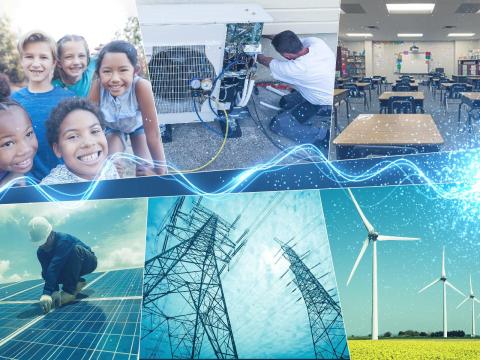Category
Description
Energy insecurity affects most low-income households in the United States. Energy insecurity, which is characterized by a household’s inability to afford their energy needs, often leads to risky choices, causing other forms of insecurity including food and health. Although there are government programs designed to provide relief to low-income households that face energy insecurity, eligibility for these programs is usually determined by household income, and those with incomes close to the threshold face uncertainty or may be left out. In many cases, these households turn to energy-limiting behaviors as a strategy to lower their electric utility bills. This paper explores the relationship between energy insecurity and energy-limiting behaviors to investigate alternative solutions that target the households that may fall out of available energy assistance programs. We explore the role of battery energy storage systems and rooftop solar photovoltaics in improving energy affordability. The results show that residential rooftop solar and behind-the-meter energy storage can offset two-thirds of the bill savings that households attain through energy-limiting behavior. Household renewable energy systems could complement existing energy assistance programs to provide long-term bill relief, enabling occupants to live in their homes with comfort and dignity.
This dataset is intended to allow readers to reproduce and customize the analysis performed in this work to their benefit.
Link to article: https://doi.org/10.1038/s43247-025-02517-5

